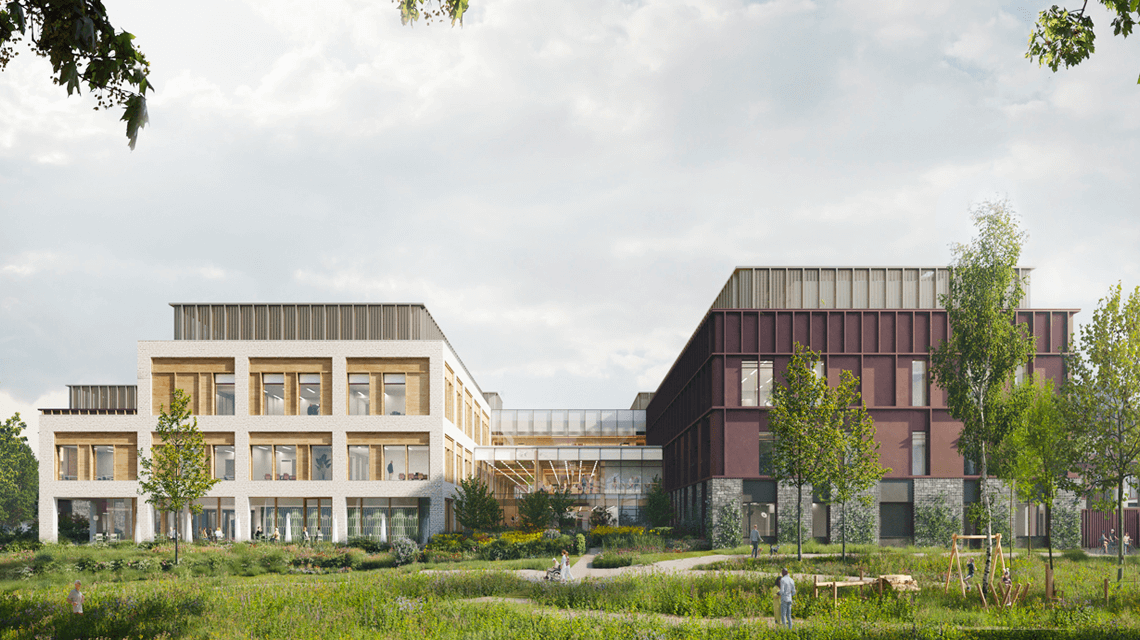Transport infrastructures
Operating in this important market since 2015
Road, rail, and unique construction projects that comply with the highest quality and efficiency standards. In the UK, we create infrastructures that stand out also in terms of their innovation and sustainability. We carry out strategic projects with the collaboration of all our stakeholders: society, public and private administrations, local businesses, and non-profits, among others.

In figures
300
€ MILLION
Our revenue portfolio grows with new projects
30
KILOMETERS
Of roads and expressways built
75,000
SQUARE METERS
Built
17
MILLION PEOPLE
Benefited
Cutting-edge sustainable projects
We have only recently entered the UK market, but our presence here is already defined by significant large-scale projects. We have built the second phase of the new Belfast campus, creating a more responsive space to the challenges of education in the future.
We have also built a new 4.7 km section of the Edinburgh tram network, between York Place and Newhaven, and improved the road network in Northern Ireland by building the A6 road between Dungiven and Drumahoe.
Living Wage Employer
Sacyr UK&I is a Living Wage Employer. This certification attests to our Living Wage commitment seeing to that every Sacyr employee in the UK and Ireland makes at least a minimum hourly wage of £13.15.
The Living Wage rate is calculated and updated according to the costs of living. It provides a voluntary benchmark for employers that choose to ensure their staff earn a wage that meets the costs and pressures they face in their everyday lives.
Katherine Chapman, Director, Living Wage Foundation said: “We’re delighted that Sacyr has joined the movement of over 14,000 responsible employers across the UK who voluntarily commit to go further than the government minimum to make sure all their staff earn enough to live on.
By adhering to this commitment, we recognize that paying the real Living Wage is the mark of a responsible employer.
Transport infrastructures
